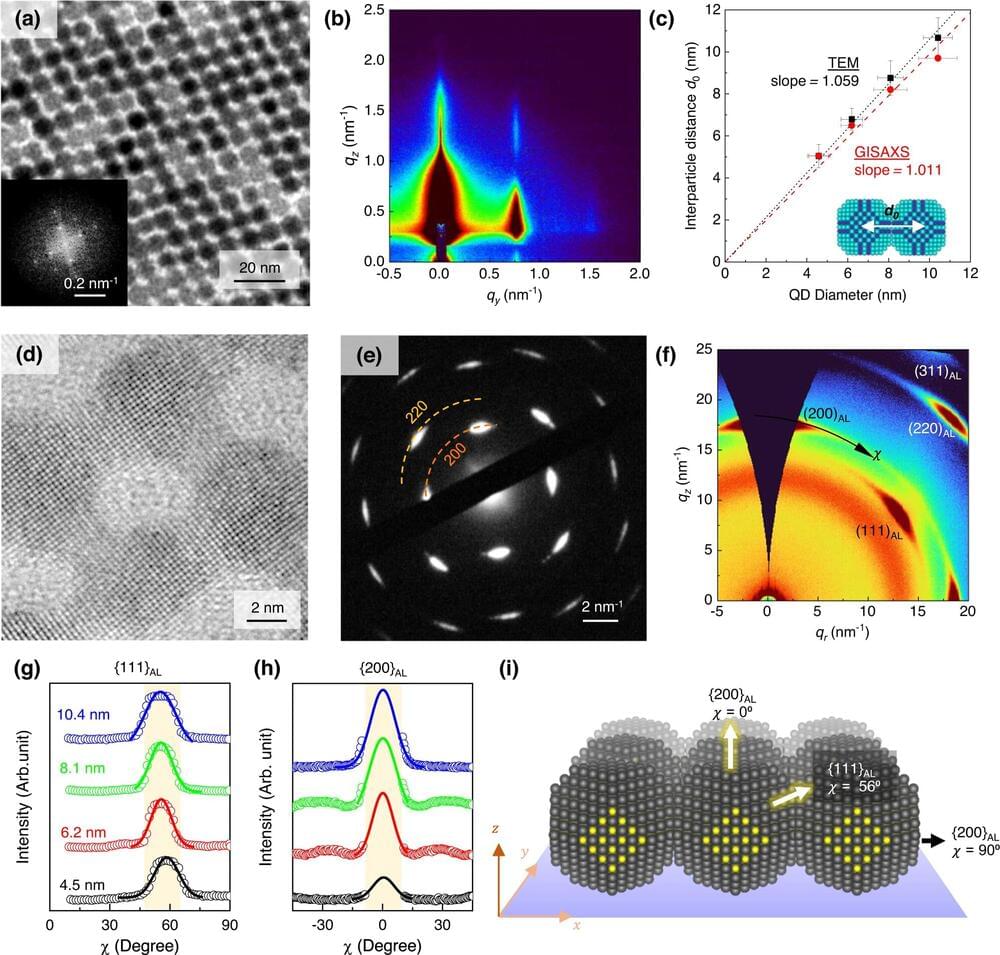The moment is badly chosen, but with Elon Musk the unexpected is the rule.
The serial entrepreneur arrived in China on May 30, according to Reuters, whose journalists spotted his private jet at Beijing airport. This surprise visit by the CEO of electric vehicle producer Tesla, founder of SpaceX and owner of Twitter, comes at a time of renewed tensions between China and the U.S., which raise fears of a potential confrontation between the two leading world powers.
Musk and his empire symbolize, according to experts, the intricacy of the two largest world economies, which are interdependent. The U.S. and China are Tesla’s two biggest markets and the regions where the world leader in electric vehicles manufactures the vast majority of its cars.





